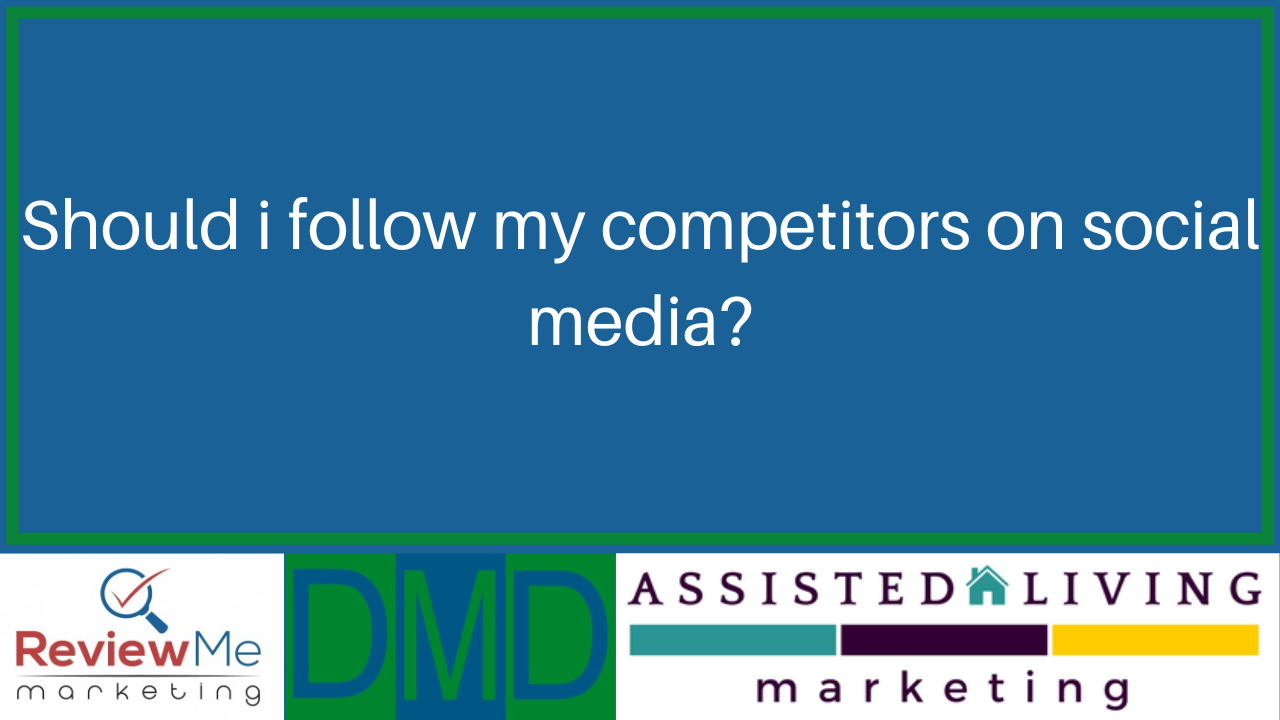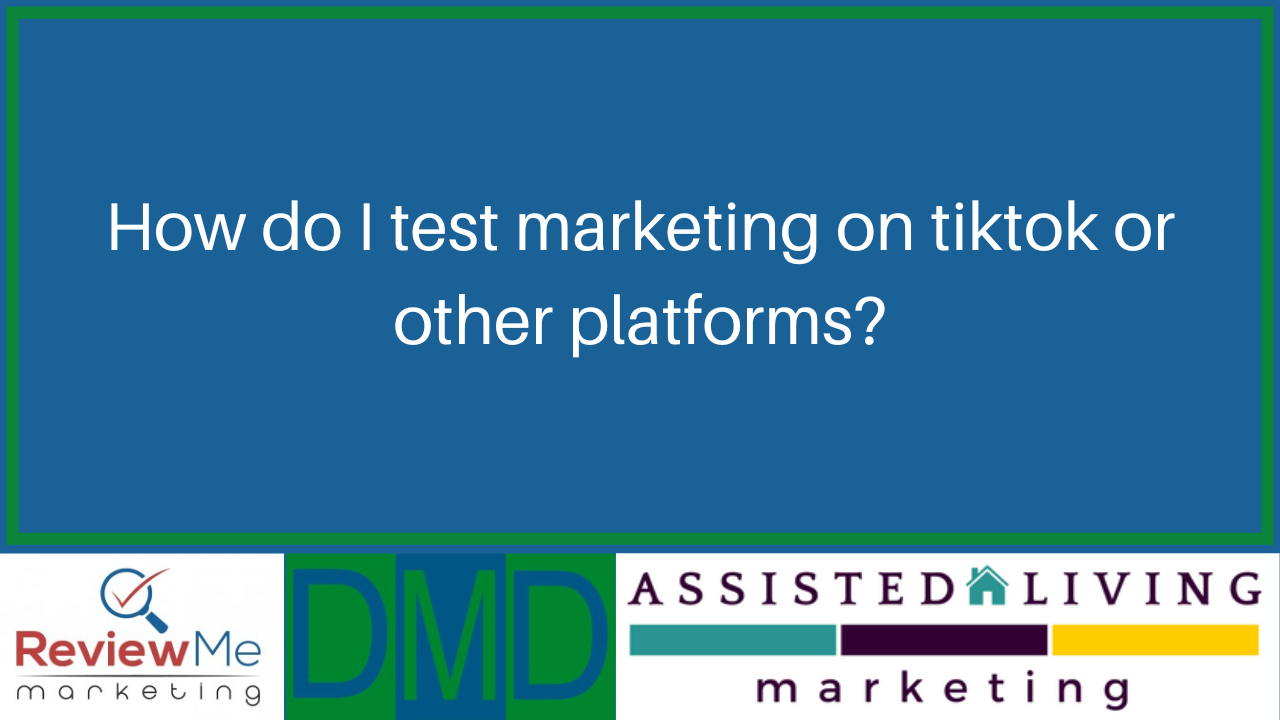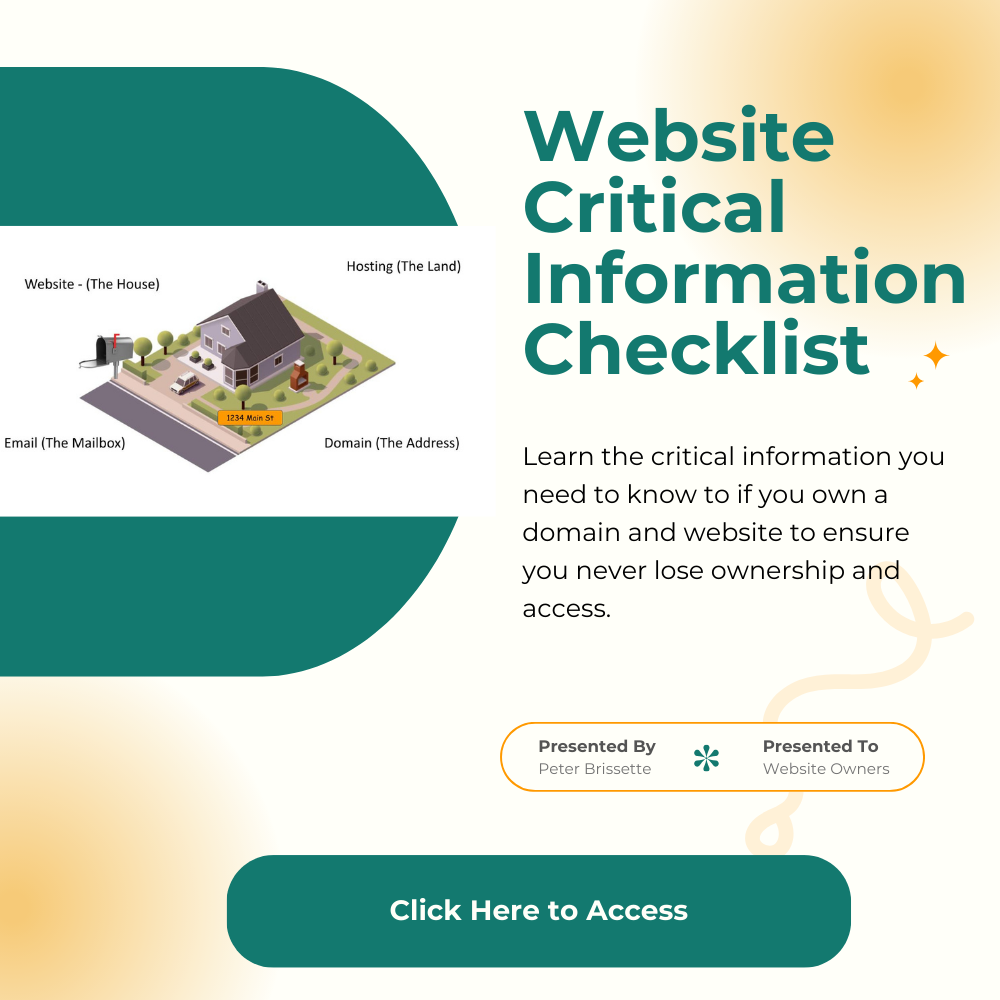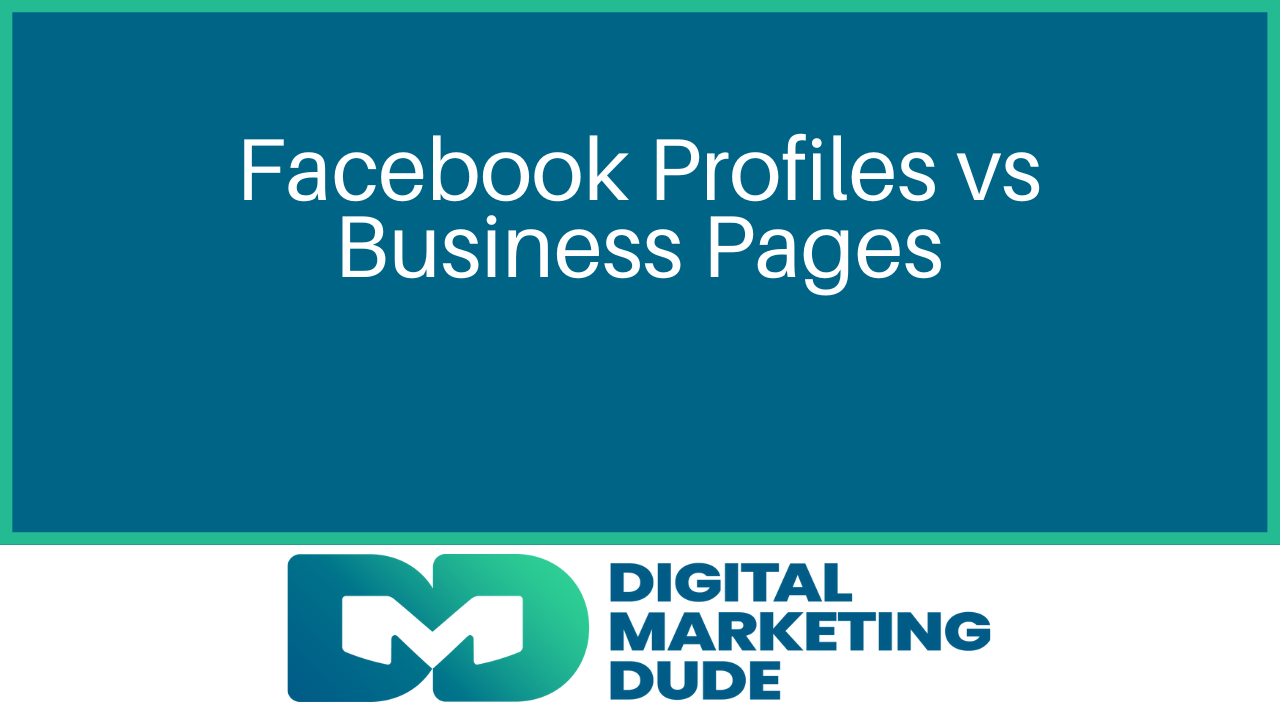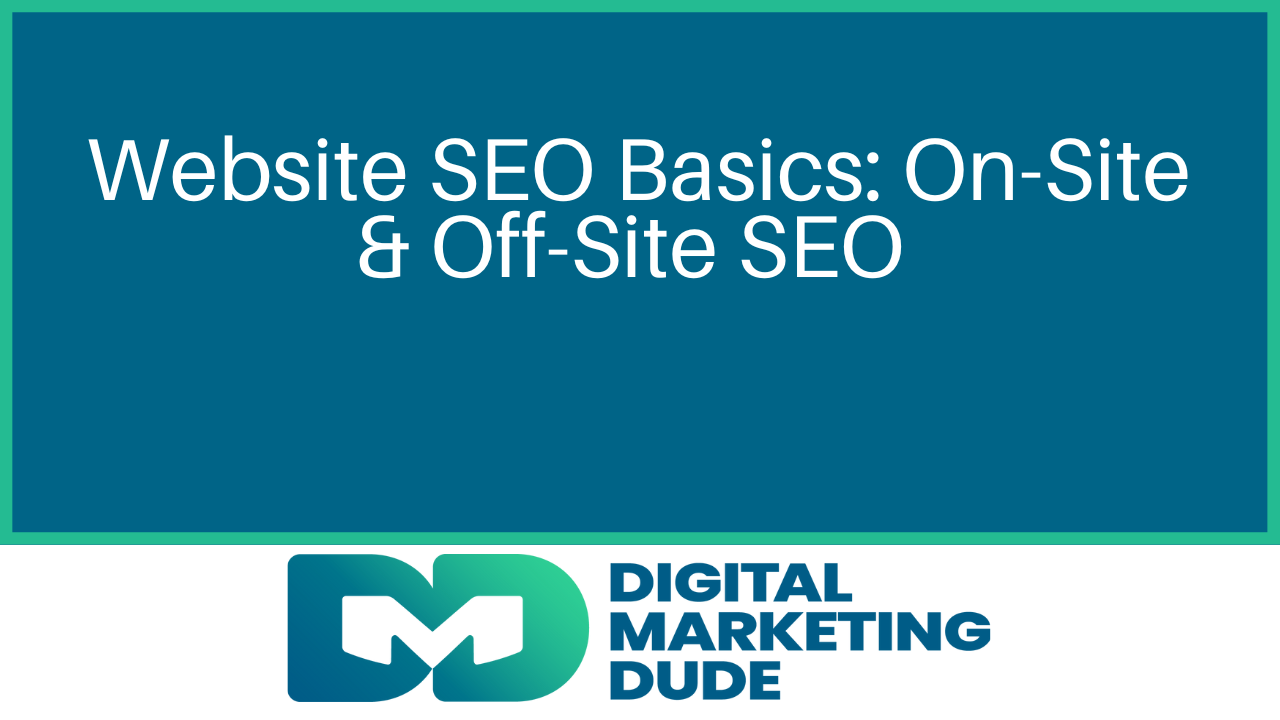Mastering the Marketing A’s: Understanding Your Audience for Better Results
In the ever-evolving landscape of marketing, the 4 A's—Audience, Attention, Acquisition, and Analytics—serve as fundamental pillars for building a successful strategy. Understanding your audience is crucial for crafting personalized and relevant messages that resonate with specific demographics, psychographics, and behaviors. Capturing and retaining attention ensures that your marketing efforts stand out in a crowded marketplace, engaging potential customers through compelling content and visuals. Acquisition focuses on attracting and converting new customers, driving business growth and sustainability. Finally, leveraging analytics provides valuable insights into campaign performance, enabling data-driven decisions that optimize marketing efforts and maximize ROI. Together, these elements create a robust framework for effective marketing that drives engagement, conversions, and long-term success.
Understanding Your Audience:
The Foundation of Effective Marketing
In the dynamic world of marketing, knowing your audience is the cornerstone of success. The audience refers to the specific group of people you aim to reach with your marketing efforts. Key elements such as demographics (age, gender, income, education, occupation), psychographics (interests, values, lifestyle, personality traits), behavioral factors (purchase behavior, brand loyalty, usage rate), and geographic considerations (location, climate, urban/rural) play a crucial role in defining this group. Understanding your audience allows you to tailor your messages and strategies to meet their unique needs and preferences, leading to more personalized and relevant marketing that increases engagement and conversion rates. Effective audience segmentation starts with thorough market research and the creation of detailed buyer personas, utilizing tools like surveys, social media insights, and analytics to gather and continuously update audience data.
Audience
Definition: The specific group of people you aim to reach with your marketing efforts.
Key Elements:
- Demographics: Age, gender, income, education, occupation, etc.
- Psychographics: Interests, values, lifestyle, personality traits.
- Behavioral: Purchase behavior, brand loyalty, usage rate.
- Geographic: Location, climate, urban/rural.
Importance:
- Understanding your audience helps tailor your marketing messages and strategies to meet their specific needs and preferences.
- Effective audience segmentation allows for more personalized and relevant marketing, increasing engagement and conversion rates.
Strategies:
- Conducting market research and creating detailed buyer personas.
- Utilizing tools like surveys, social media insights, and analytics to gather audience data.
- Continuously monitoring and updating audience profiles to reflect changes and trends.
Capturing and Retaining Attention:
The Key to Engagement
In a marketplace flooded with information, capturing and maintaining the attention of your target audience is more critical than ever. Attention involves engaging content that is relevant, valuable, and interesting, coupled with visual appeal through eye-catching visuals, videos, and graphics. Personalization plays a significant role, as tailored messages and offers resonate more deeply with individual preferences and behaviors. Utilizing the right mix of channels—social media, email, blogs, and more—ensures you reach your audience where they are most active. Successfully gaining and holding attention not only boosts brand recall and engagement but also drives higher conversion rates. Crafting compelling headlines, leveraging storytelling, and incorporating interactive elements like quizzes and live videos are effective strategies to keep your audience engaged and connected.
Attention
Definition: Capturing and maintaining the interest of your target audience.
Key Elements:
- Engaging Content: Creating content that is relevant, valuable, and interesting to your audience.
- Visual Appeal: Using eye-catching visuals, videos, and graphics to attract attention.
- Personalization: Tailoring messages and offers to individual preferences and behaviors.
- Channels: Utilizing the right mix of channels (social media, email, blogs, etc.) to reach your audience where they are most active.
Importance:
- Gaining and holding your audience’s attention is crucial in a crowded marketplace where consumers are bombarded with information.
- Sustained attention leads to higher brand recall, engagement, and ultimately conversions.
Strategies:
- Crafting compelling headlines and calls-to-action.
- Using storytelling to create emotional connections.
- Employing interactive elements like quizzes, polls, and live videos to engage users.
Acquiring New Customers:
Fueling Business Growth
Customer acquisition, the process of attracting and acquiring new customers, is vital for business growth and sustainability. Key elements include lead generation through content marketing, SEO, and social media, and conversion through persuasive and effective sales funnels. Understanding and optimizing the customer journey from awareness to purchase is crucial. A steady influx of new customers ensures a growing market share and revenue. Effective acquisition strategies involve targeted advertising campaigns (PPC, social media ads), offering promotions and discounts, and using email marketing and retargeting campaigns to nurture leads and drive conversions. Focusing on acquisition helps build a strong customer base, which is essential for long-term success.
Acquisition
Definition: The process of attracting and acquiring new customers.
Key Elements:
- Lead Generation: Identifying and capturing potential customers through various tactics like content marketing, SEO, and social media.
- Conversion: Turning leads into paying customers through persuasive and effective sales funnels.
- Customer Journey: Mapping out and optimizing the journey from awareness to purchase.
Importance:
- Customer acquisition is essential for business growth and sustainability.
- A steady influx of new customers ensures a growing market share and revenue.
Strategies:
- Implementing targeted advertising campaigns (PPC, social media ads).
- Offering promotions, discounts, and incentives to encourage trial and purchase.
- Utilizing email marketing and retargeting campaigns to nurture leads and drive conversions.
Leveraging Analytics:
Data-Driven Marketing Decisions
Analytics, the use of data and analysis to measure and optimize marketing performance, is a powerful tool in today’s data-rich environment. Key elements include data collection from various sources (website, social media, email), identifying key performance indicators (KPIs) such as conversion rates, customer acquisition cost, and lifetime value, and conducting data analysis to gain insights into customer behavior and campaign effectiveness. Regular reporting on these metrics helps track progress and make informed decisions. Analytics provide valuable insights that enhance marketing strategies and tactics, leading to more effective and efficient efforts. Utilizing tools like Google Analytics, CRM systems, and marketing automation platforms for data collection and analysis, conducting A/B testing, and continuously monitoring and adjusting campaigns based on data insights are essential strategies for maximizing return on investment (ROI). By focusing on analytics, businesses can make data-driven decisions that drive growth and success.
Analytics
Definition: The use of data and analysis to measure and optimize marketing performance.
Key Elements:
- Data Collection: Gathering data from various sources (website, social media, email, etc.).
- Metrics and KPIs: Identifying key performance indicators such as conversion rates, customer acquisition cost, lifetime value, etc.
- Data Analysis: Interpreting data to gain insights into customer behavior and campaign effectiveness.
- Reporting: Regularly reporting on metrics to track progress and make informed decisions.
Importance:
- Analytics provide valuable insights that help improve marketing strategies and tactics.
- Data-driven decision-making leads to more effective and efficient marketing efforts.
Strategies:
- Using tools like Google Analytics, CRM systems, and marketing automation platforms to collect and analyze data.
- Conducting A/B testing to determine the most effective strategies.
- Continuously monitoring and adjusting campaigns based on data insights to maximize ROI.
By focusing on these four A’s, you can create a robust and effective marketing strategy that drives growth and success for your business.
By mastering these four A’s—Audience, Attention, Acquisition, and Analytics—you can build a comprehensive and effective marketing strategy that propels your business towards sustained growth and success.
